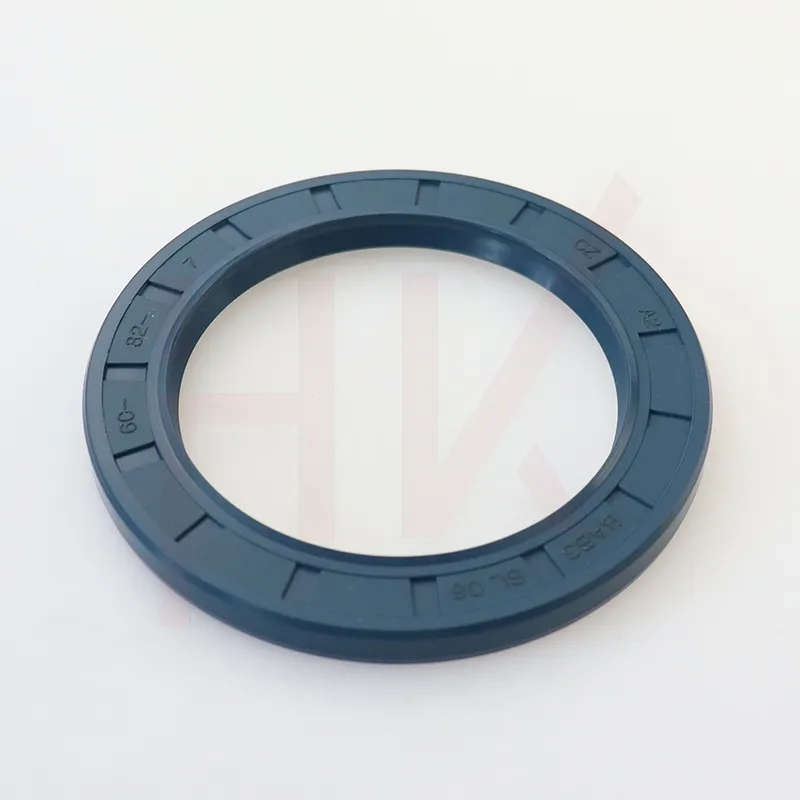Nov . 23, 2024 23:26 Back to list
Hydraulic Cylinder Seal Solutions for Forklift Performance and Longevity
Understanding Forklift Hydraulic Cylinder Seals Importance and Maintenance
Forklifts play a crucial role in the logistics and warehousing industries, making material handling efficient and safe. A key component of forklifts is the hydraulic system, responsible for lifting and lowering heavy loads. At the core of this hydraulic system lie the hydraulic cylinders, which rely heavily on effective seals to function properly. In this article, we will explore the importance of hydraulic cylinder seals in forklifts, their types, and maintenance practices to ensure optimal performance.
Importance of Hydraulic Cylinder Seals
Hydraulic cylinder seals serve multiple purposes. Primarily, they prevent hydraulic fluid from leaking out of the cylinders while also keeping contaminants from entering the system. These seals maintain pressure within the hydraulic system, enabling forklifts to operate effectively under load. Any failure or degradation in the seals can lead to hydraulic fluid leaks, resulting in reduced efficiency, compromised lifting ability, and potential safety hazards.
Moreover, good seals help in reducing wear and tear on the hydraulic components, extending their service life. When seals are in good condition, they help maintain the hydraulic fluid's viscosity and integrity, ensuring that the system performs at its best when needed most.
Types of Hydraulic Cylinder Seals
There are several types of seals commonly used in hydraulic systems, and selecting the right one is essential for optimal performance. The most common types include
1. Rod Seals These seals are placed on the piston rod and are designed to prevent fluid from leaking out of the cylinder during the extension and retraction motions. They come in several designs, including O-rings, U-cups, and V-rings.
2. Piston Seals Piston seals sit between the piston and the cylinder wall. They are responsible for preventing the escape of hydraulic fluid from behind the piston as it moves inside the cylinder. Like rod seals, piston seals can be found in various designs, including flat seals and dynamic seals.
3. End Seals These seals are located at the end of the cylinder and serve to contain the hydraulic fluid within the housing. They are typically broader and designed to handle rod movement and withstand higher pressure.
forklift hydraulic cylinder seals

4. Wear Rings Although not seals in the traditional sense, wear rings play an important role in guiding the piston and the rod, reducing friction, and preventing direct metal-to-metal contact, thus prolonging the life of the seals.
Maintenance of Hydraulic Cylinder Seals
To ensure the longevity and reliability of hydraulic cylinder seals, regular maintenance is essential. Here are some crucial maintenance tips
1. Regular Inspection Routine inspections should be conducted to check for any signs of wear or damage to the seals. Look for hydraulic fluid leaks, and inspect the seals for nicks, tears, or signs of aging.
2. Fluid Quality Always use high-quality hydraulic fluid as specified by the forklift manufacturer. Contaminated or incorrect hydraulic fluid can lead to premature seal failure. Ensure that the fluid is clean and changed regularly to maintain optimal system performance.
3. Environmental Considerations Keep the hydraulic system clean. Dust and debris can affect seal performance. Regularly clean the area around the cylinder and ensure that the hydraulic components are shielded from external contaminants.
4. Proper Installation When replacing seals, ensure they are installed correctly. Improper installation can lead to leaks or premature failure. It is often beneficial to consult with a hydraulic technician if unsure.
5. Temperature Management Hydraulic systems operate optimally within specific temperature ranges. Excessive heat can cause seals to degrade rapidly. Monitor the temperature of the hydraulic fluid and take measures to mitigate overheating.
Conclusion
Hydraulic cylinder seals are vital components of a forklift’s hydraulic system. They ensure the efficient operation of these machines, which are indispensable in the logistics and warehousing industries. By understanding the importance of these seals, recognizing the different types, and adhering to strict maintenance guidelines, operators can ensure the longevity and reliability of their forklift hydraulic systems. Regular attention to these details will not only enhance productivity but also improve safety in the workplace, ultimately benefiting the overall operation of logistics.
-
Unlocking the Potential of Hydraulic Systems with Essential Sealing Solutions
NewsAug.06,2025
-
Unleash the Power of Your Hydraulic Systems with Our Premium Seal Kits
NewsAug.06,2025
-
Specialized Hydraulic Seal Kits for Breakers, Pistons, and Presses
NewsAug.06,2025
-
Revitalize Hydraulic Systems with Premium Repair and Seal Kits
NewsAug.06,2025
-
Fortify Your Cylinders with Premium Sealing Solutions
NewsAug.06,2025
-
Elevate Hydraulic System Reliability with Specialized Seal Kits
NewsAug.06,2025
-
TCN Oil Seal Metal Ring Reinforcement for Heavy Machinery
NewsJul.25,2025
Products categories
















